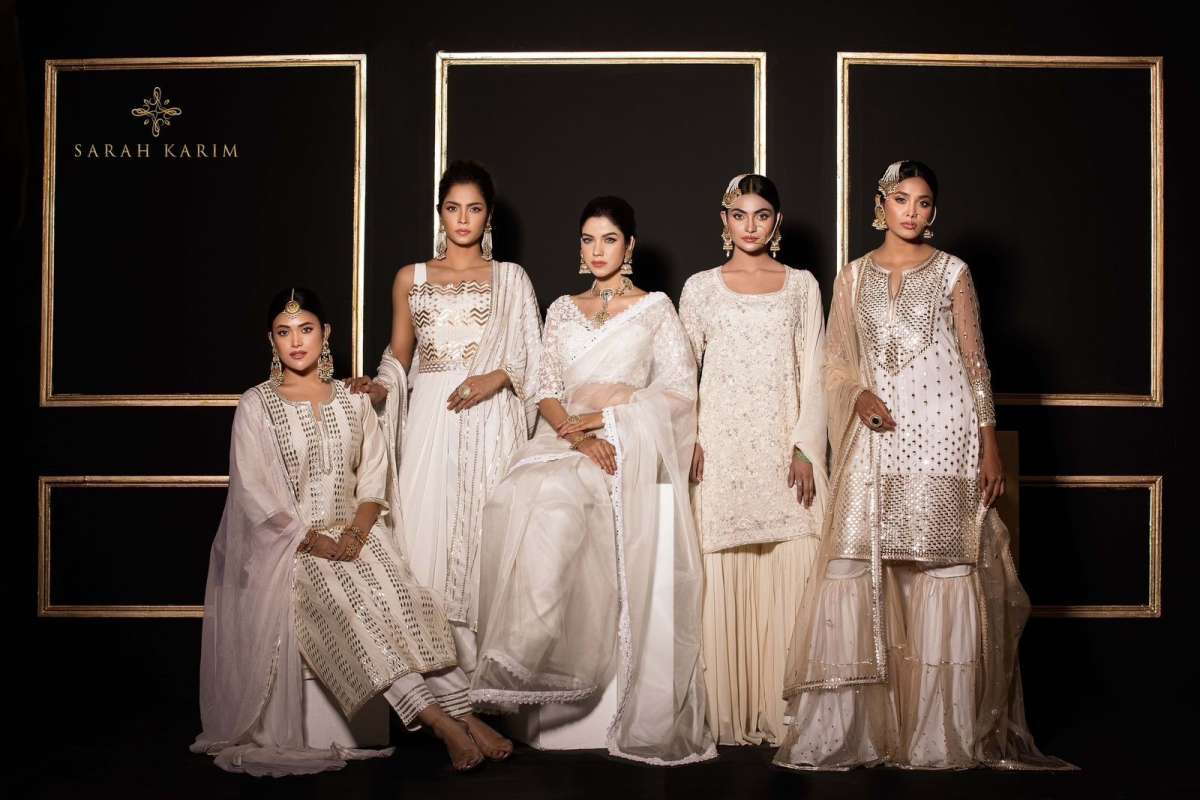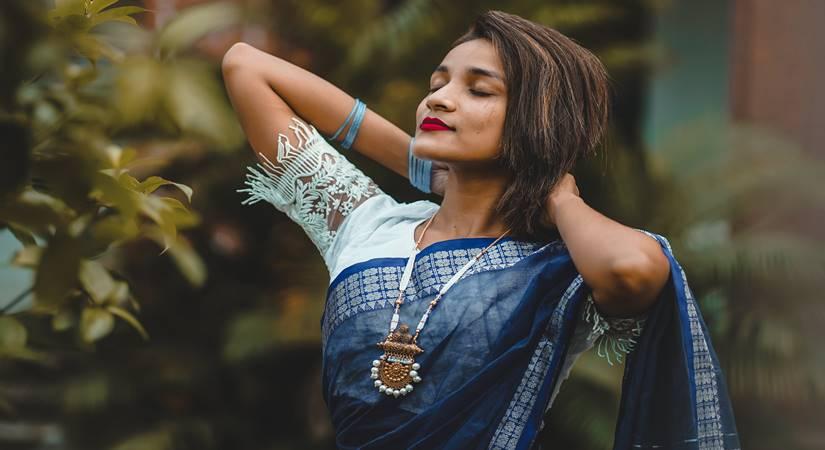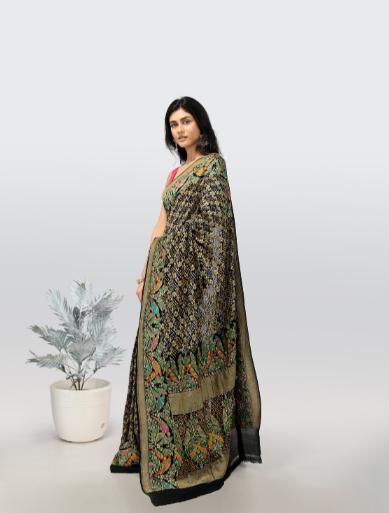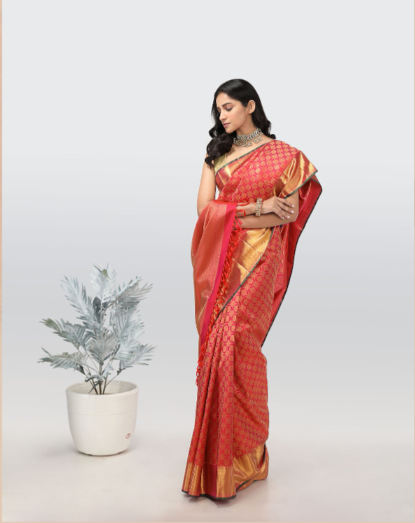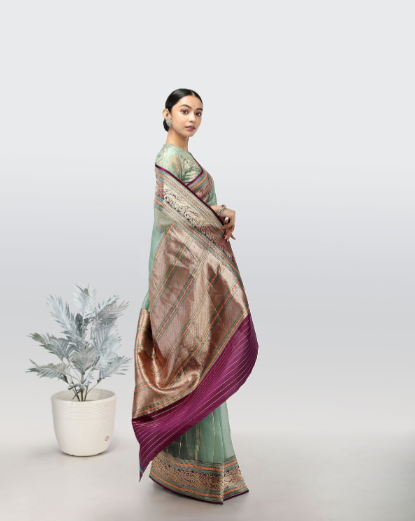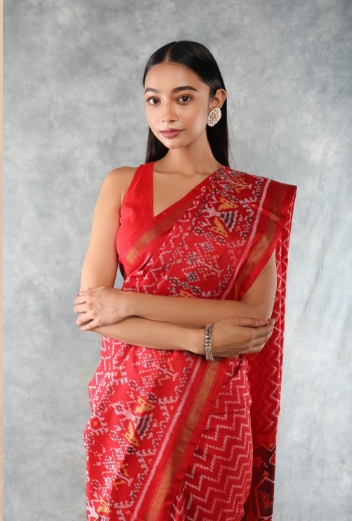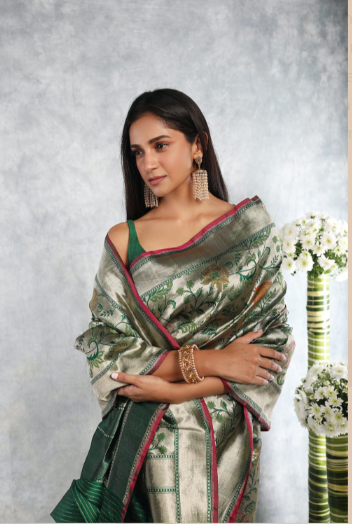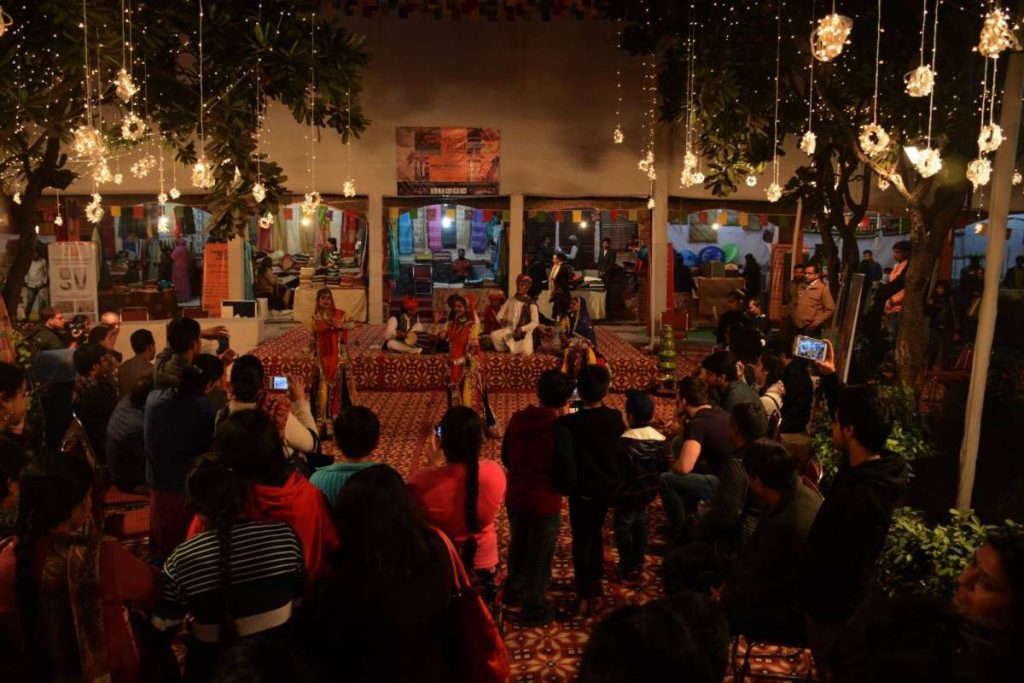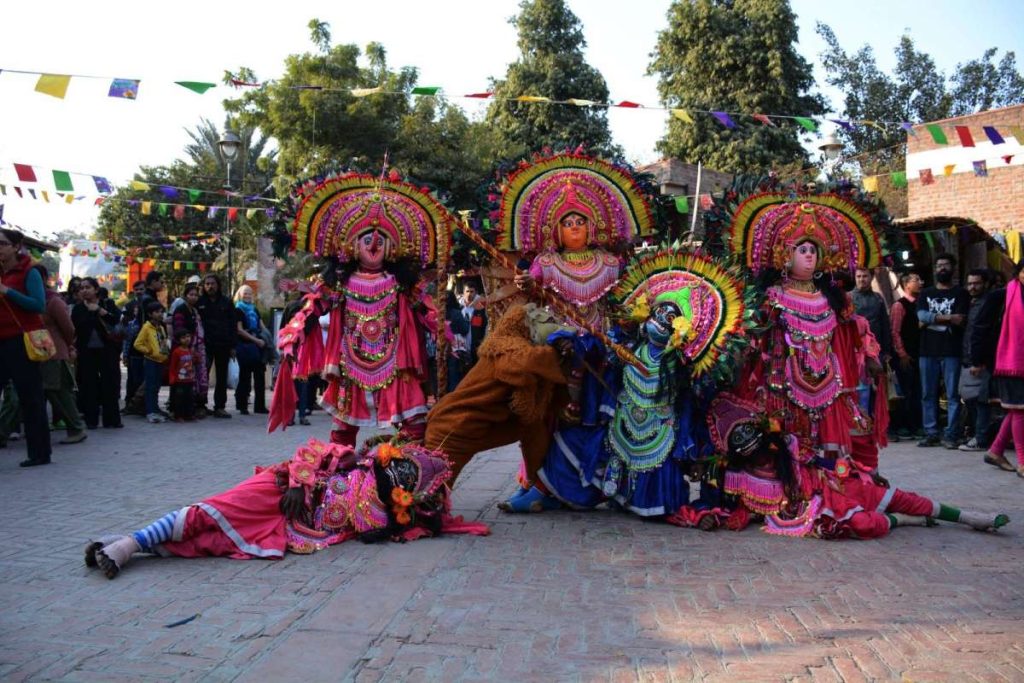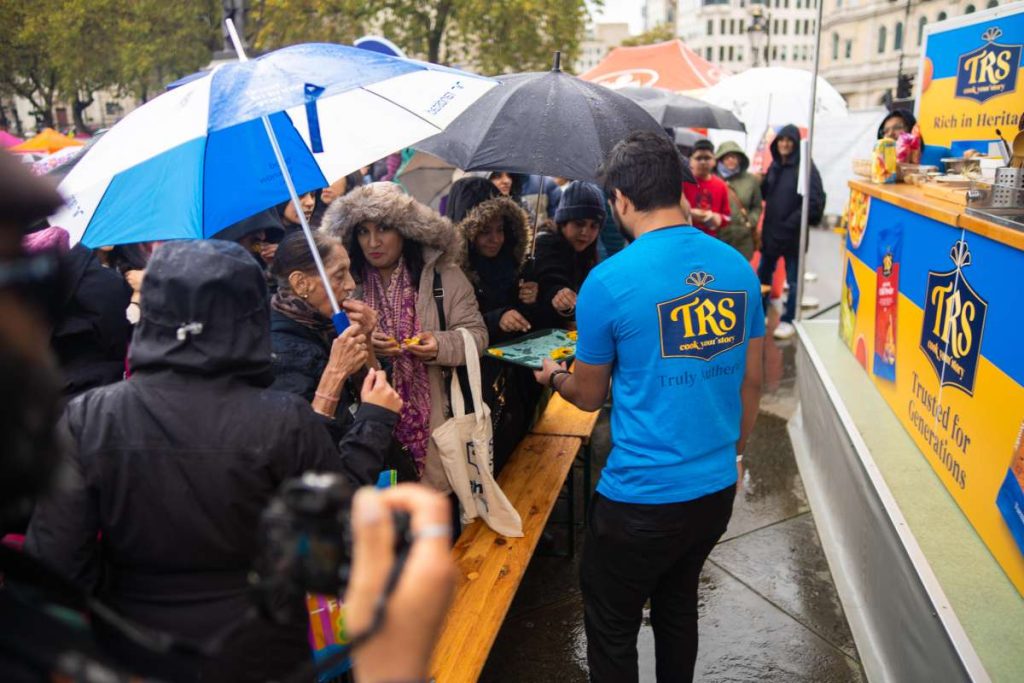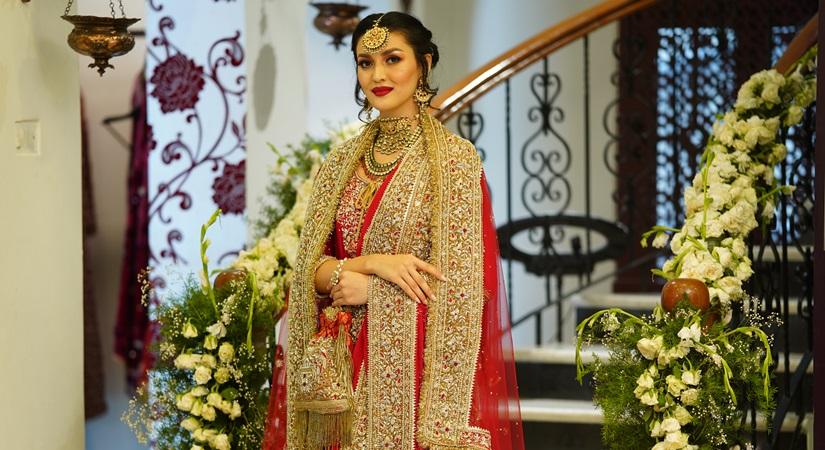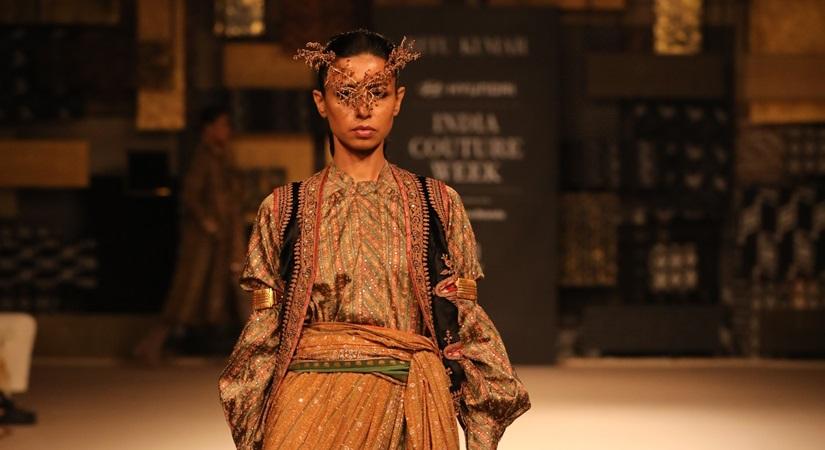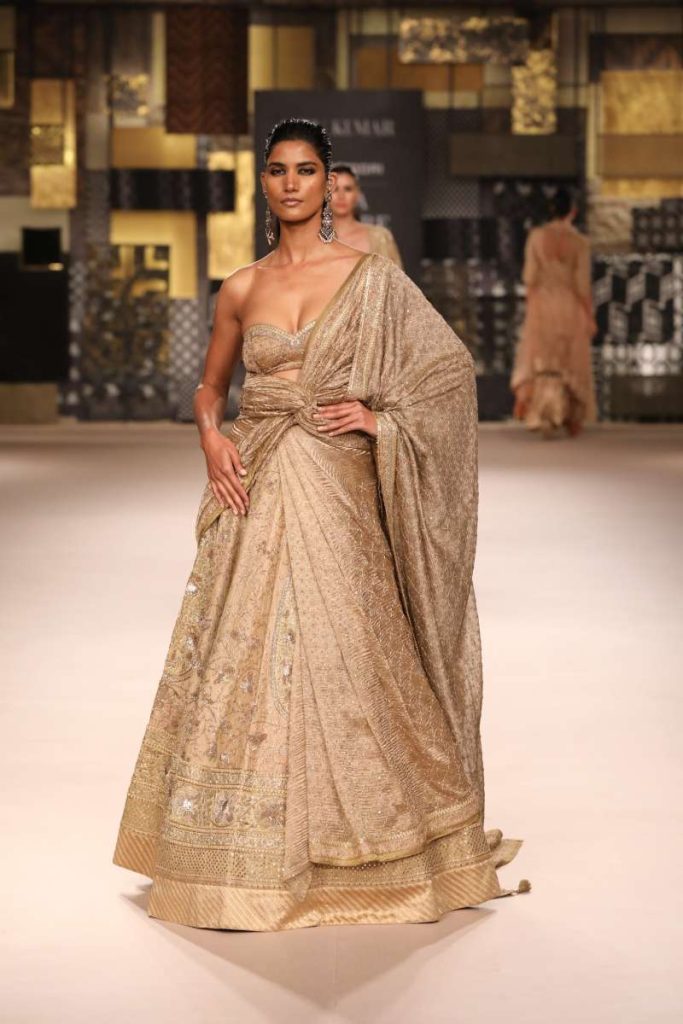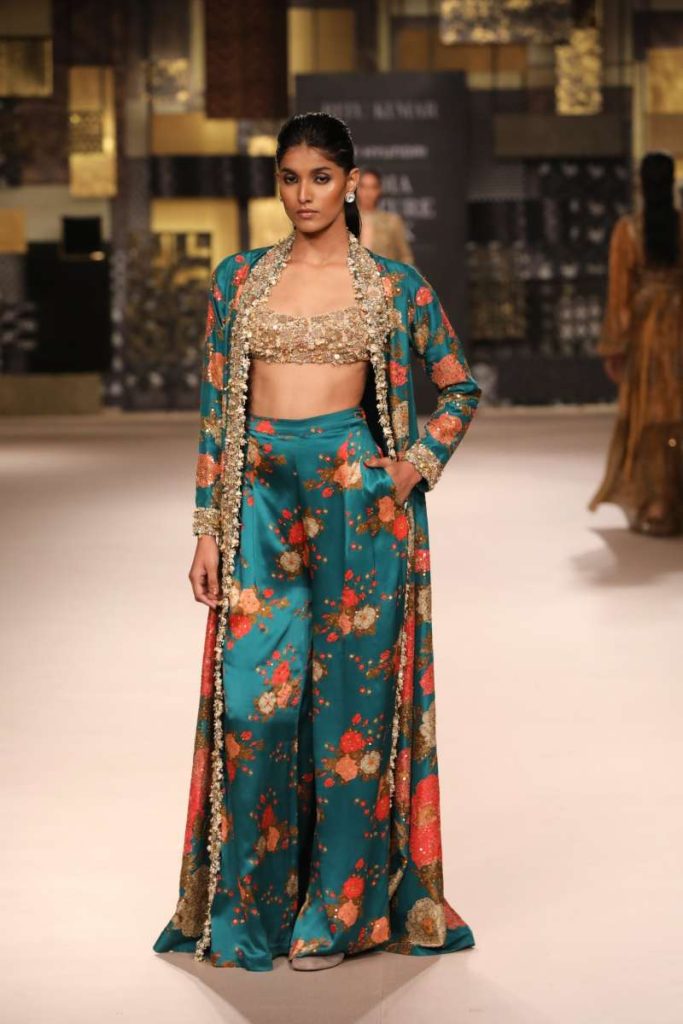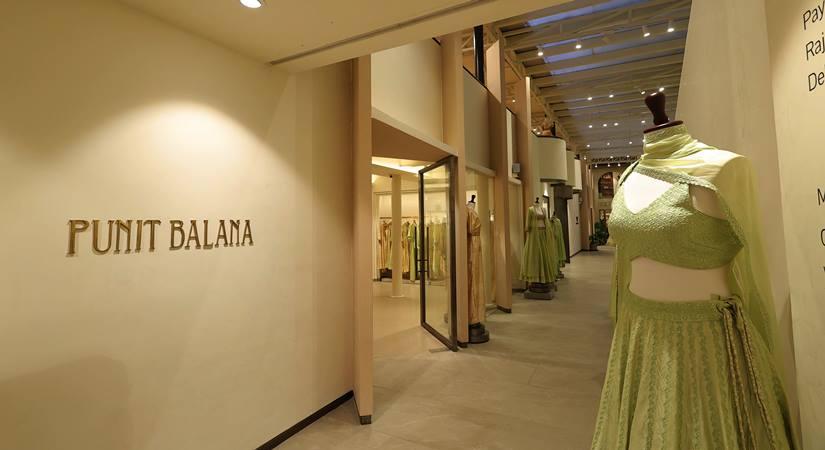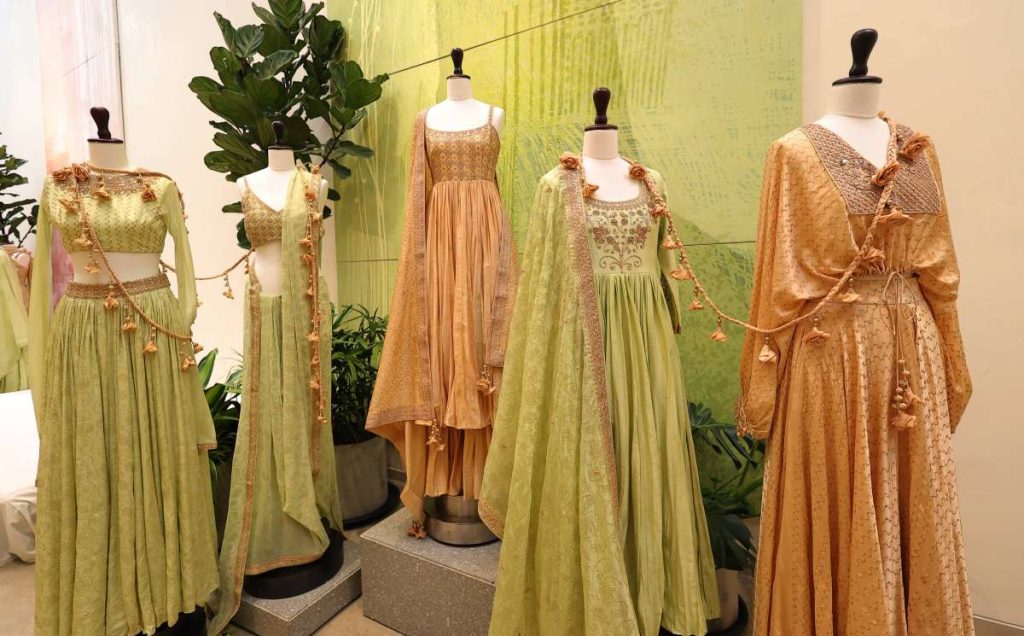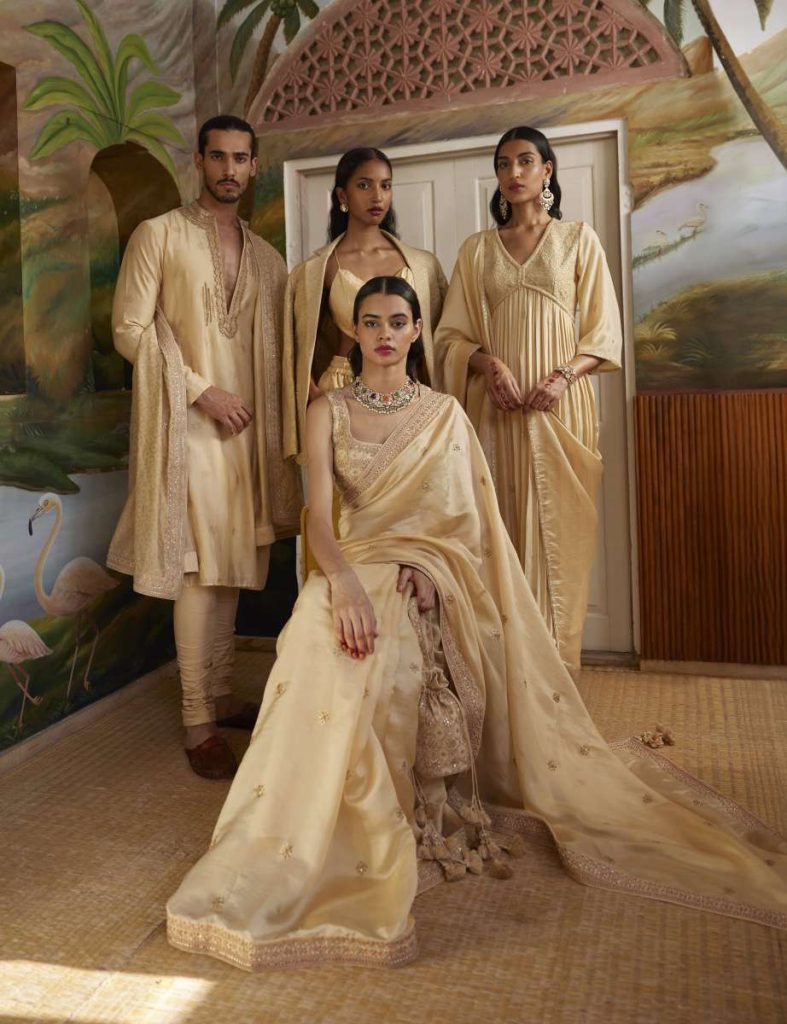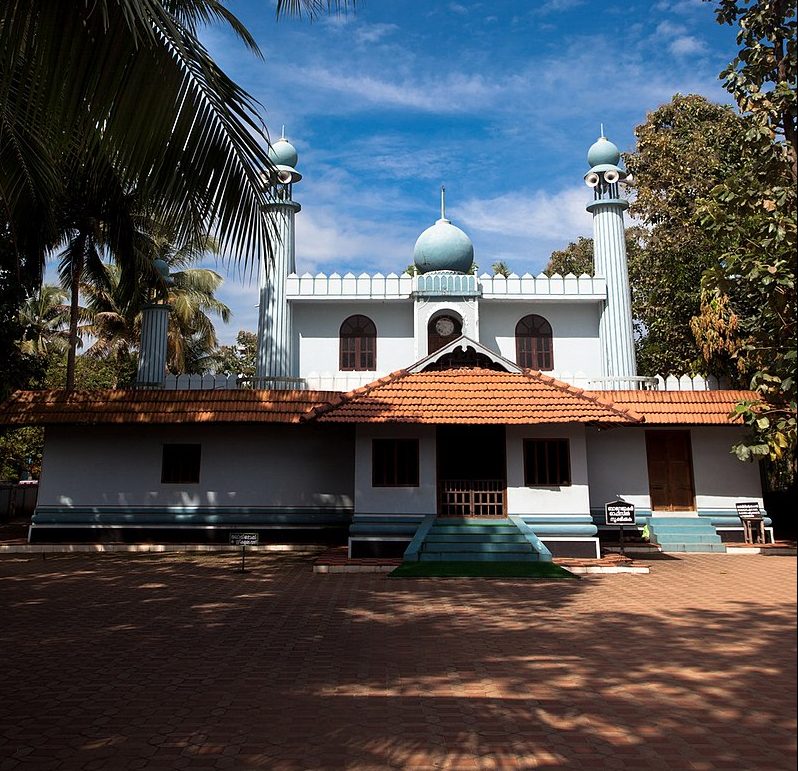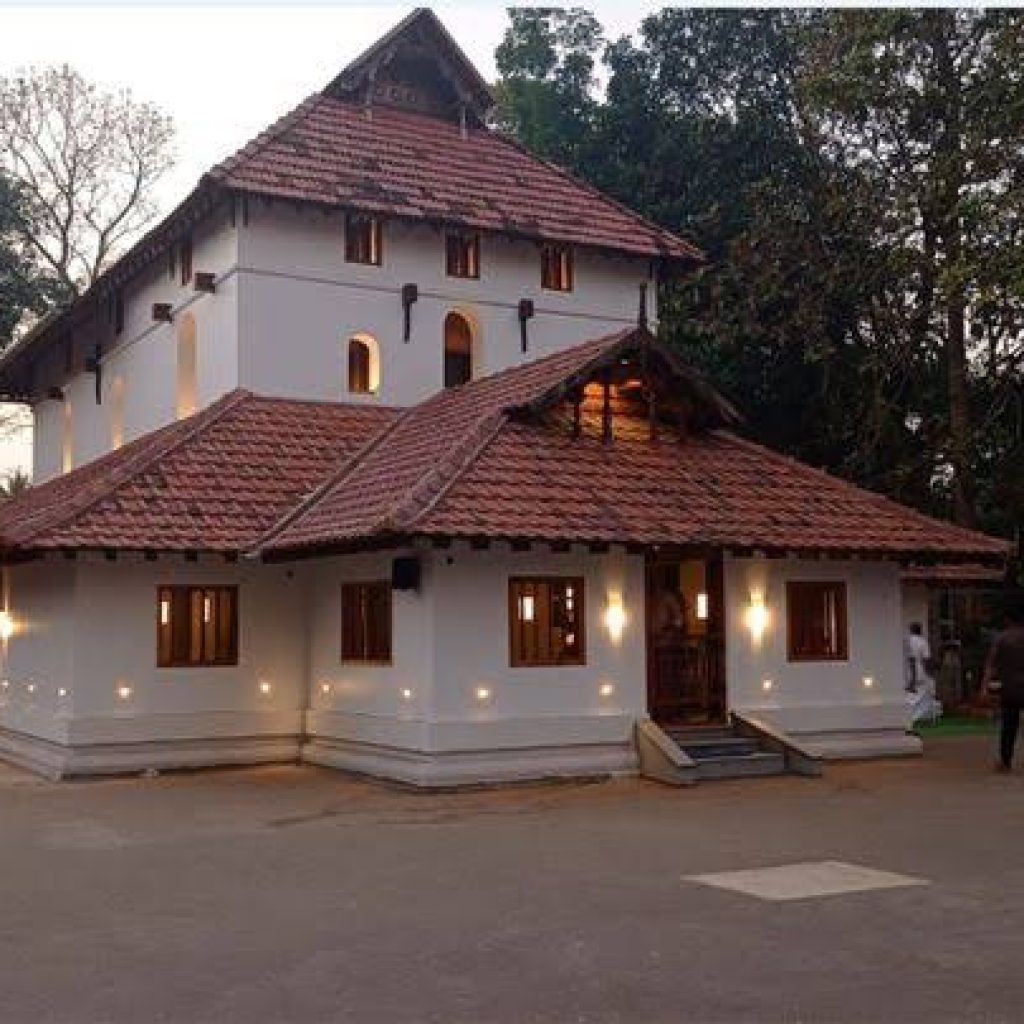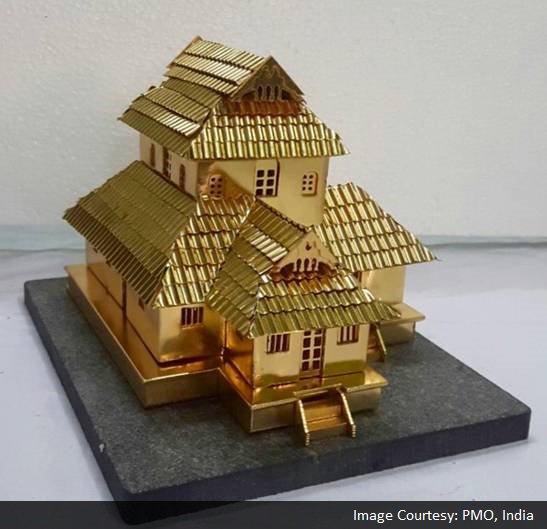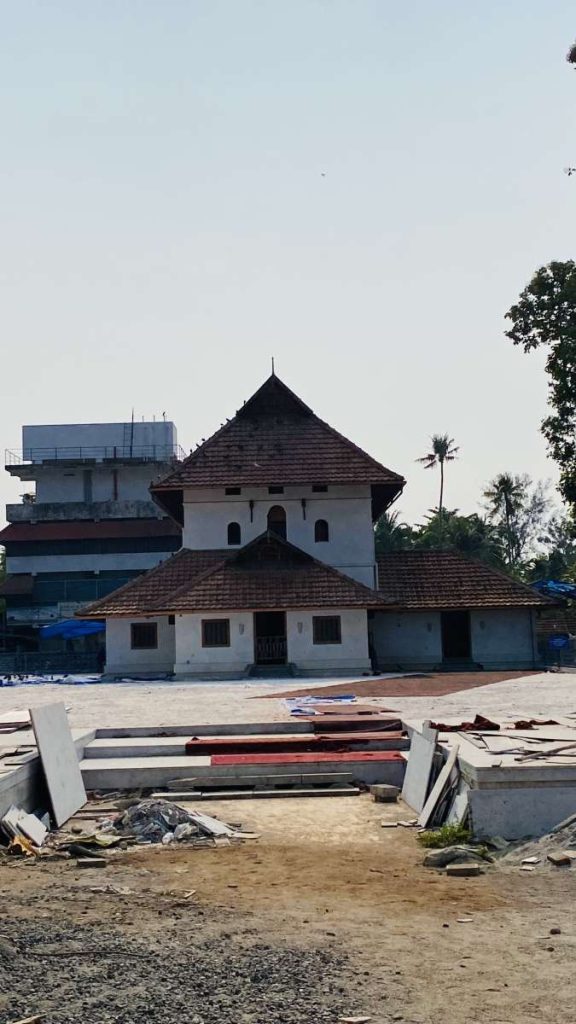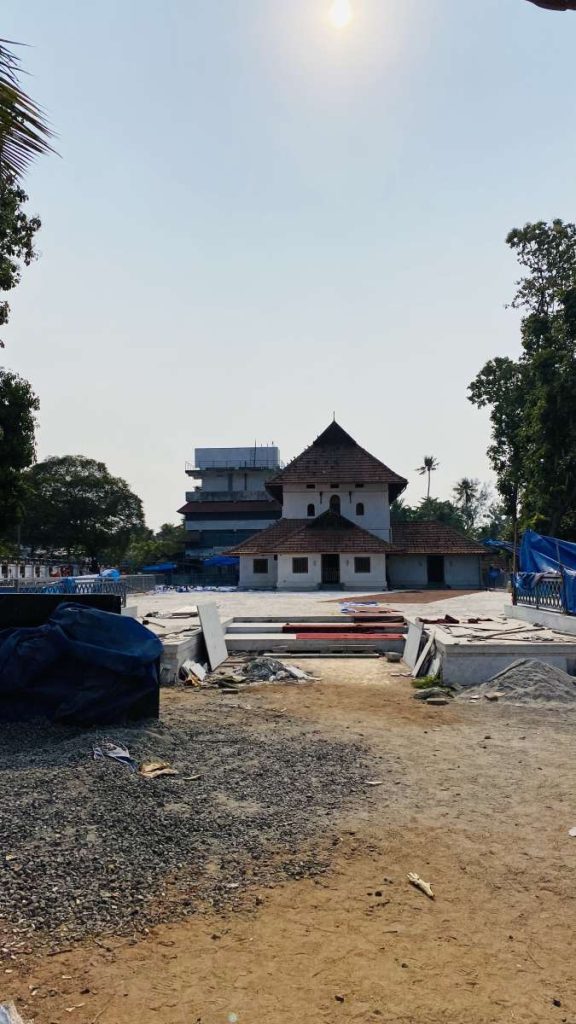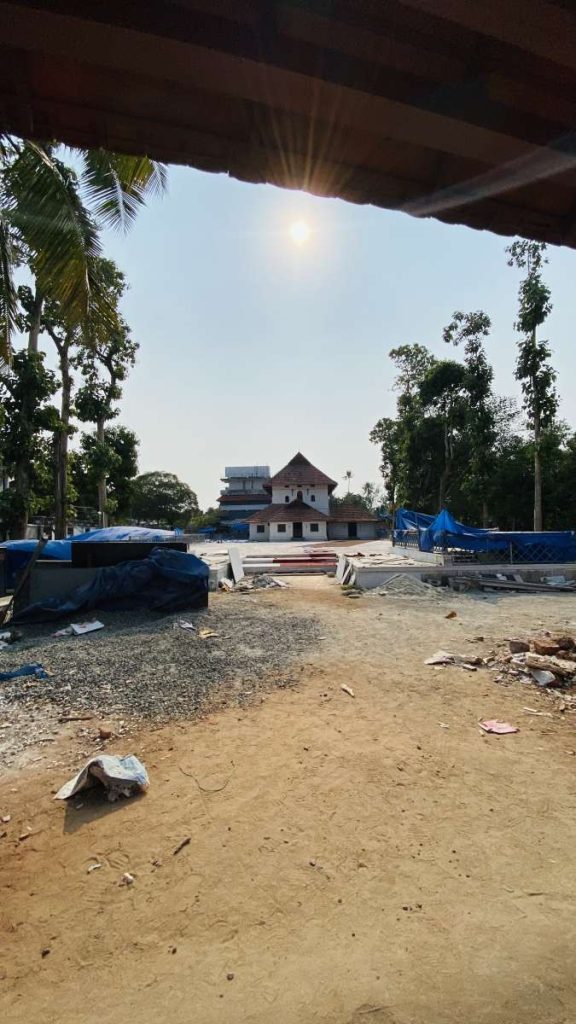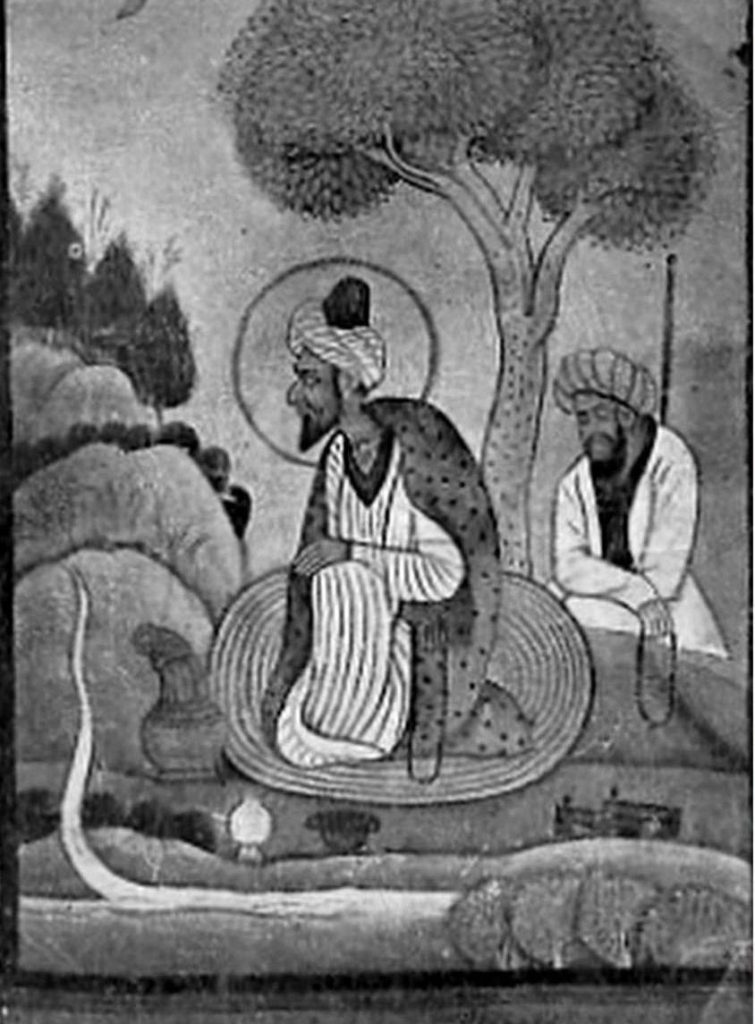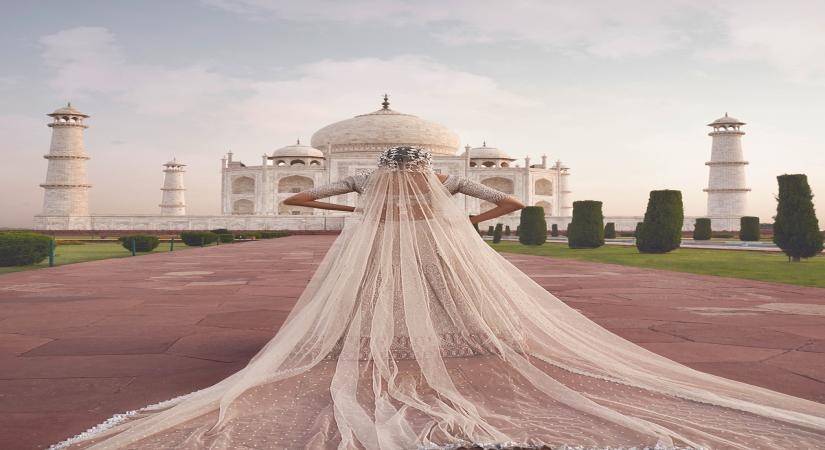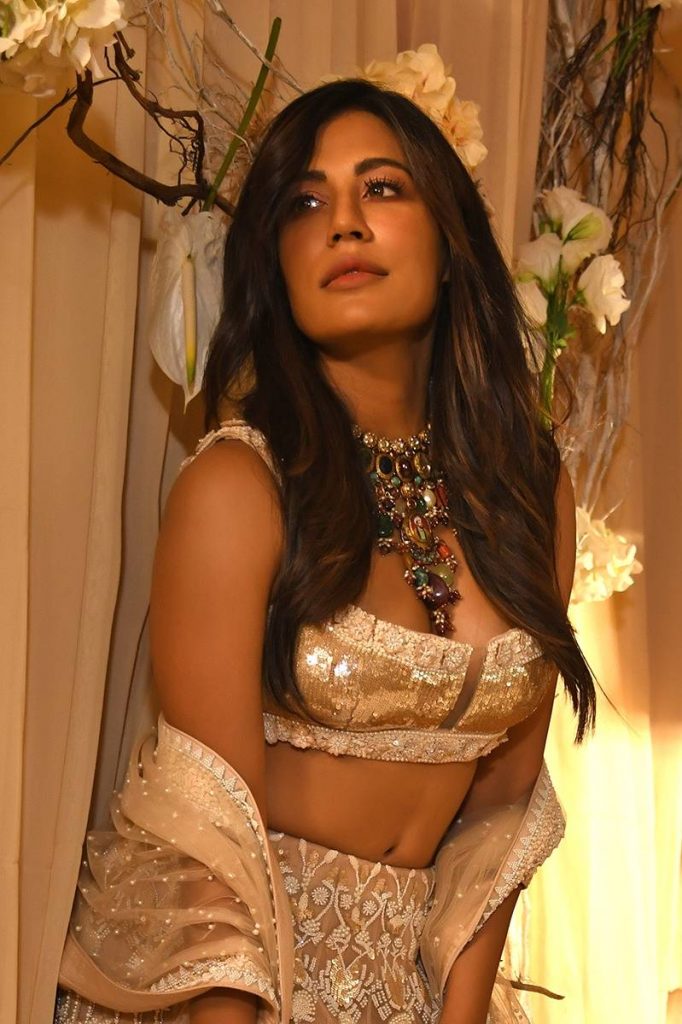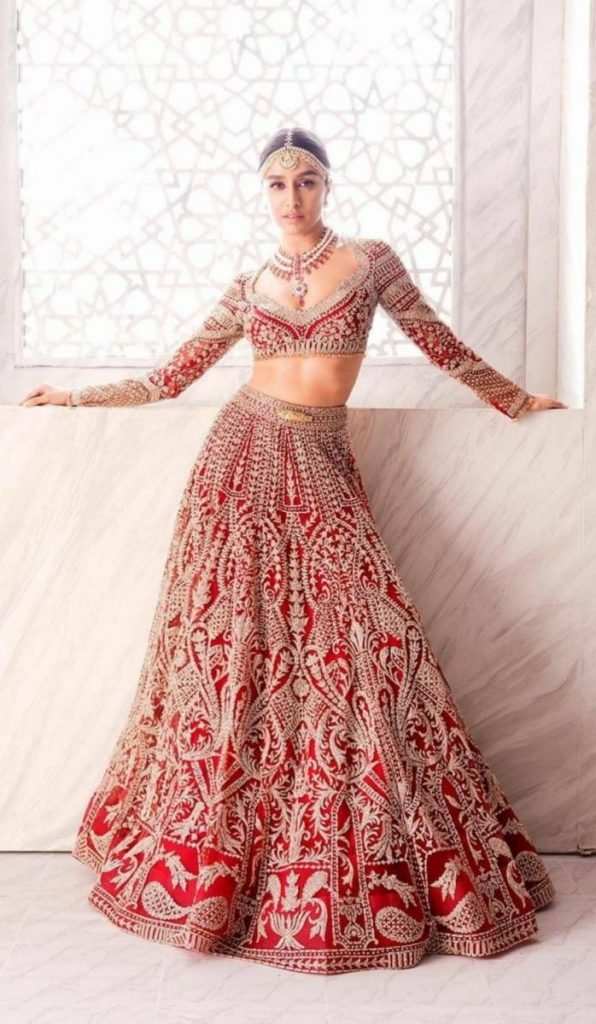Sarah Karim is Bangladesh’s best known designer when it comes to bridal ensembles and haute couture. In a country where most thought their only option for exquisite trousseau shopping was from across the border, her innovative designs and ability to customize styles for individual tastes, has dramatically changed this scenario! Using artisans who were originally trained by her grandmother, Sarah reinvented many heritage designs and started a new line of formal wear with modern cuts & drapes and then ventured into creating her exclusive bridal line. That’s how Sarah Karim Couture was born years ago and rest as they say is history! An interview feature by columnist Riccha Grrover for Asian Lite International.
In conversation with designer extraordinaire Sarah Karim…
RG- When and how did your couture entrepreneurial journey start?
SK- I remember when I formally started, I used my own money to design and create my first 12 outfits! This was still when my grandmother was running the business. So, at one of her sales, I had showcased these 12 salwar kameezs under my own label and they sold out in no time! Since then I never looked back and went from strength to strength! Today the organization is much bigger and we provide employment to newer artisans while retaining our core team.

RG- Why did you decide to choose fashion designing as a career?
SK- Actually it chose ‘me’ rather. It was my maternal grandmother who started this organization as a charity. She belonged to the Dhaka Nawab family who were great patrons of the arts including intricate hand embroidery like zardozi & karchopi work. My grandmother wanted to create employment for these artisans who no longer enjoyed any patronage from erstwhile landlords and zamidars. She further trained the artisans and gave them better designs and color palettes to work with. When old age prevented her from being as active as she used to be I stepped in and took over the organization. Having acquired a Masters degree and having studied at Delhi’s prestigious Lady Shri Ram (LSR) College, I was teaching at High School & University before I quit to devote all my energy to the business. I reinvented many designs and started a new line of formal wear with modern cuts & drapes. That’s how Sarah Karim Couture was launched. A few years later we started our bridal line.
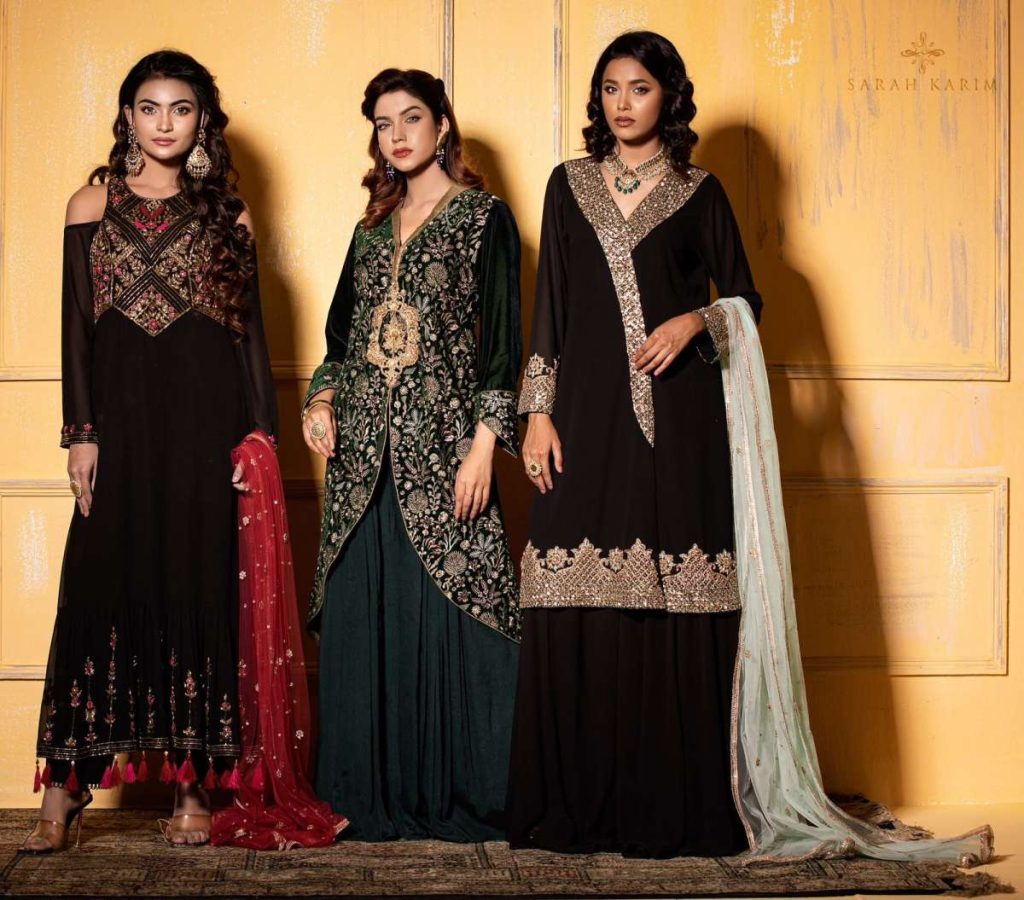
RG- What is your DesignIng process ?
SK- All our designs have one recurring theme, a central idea – they’ve all got classic, regal designs and work, but with modern cuts. Any Sarah Karim outfit runs through a rigorous and detailed process as it goes from sketches that finally take the shape of real designs. I look into a lot of classic, old, Mughal designs/motifs, so whereas the style is modern the work is always very classic. I think it is very important that your individuality is reflected in what you create. I take a lot of care to think up color palettes for my lines, so every season we have certain recognizable hues we work with. Same with cuts and silhouettes we try something new and unique every season.

RG- Is all your design work done in-house?
SK- Considering that a major incentive for me being in this industry was to provide sustainable employment to our artisans, all our work is in-house in Dhaka. We do not outsource any of our designs or labor. This is important also to safeguard our ideas and patterns from getting replicated. Cheap imitations of our work is a nagging problem but really does not affect sales as our clients recognize & appreciate our commitment to quality which remains unmatched.
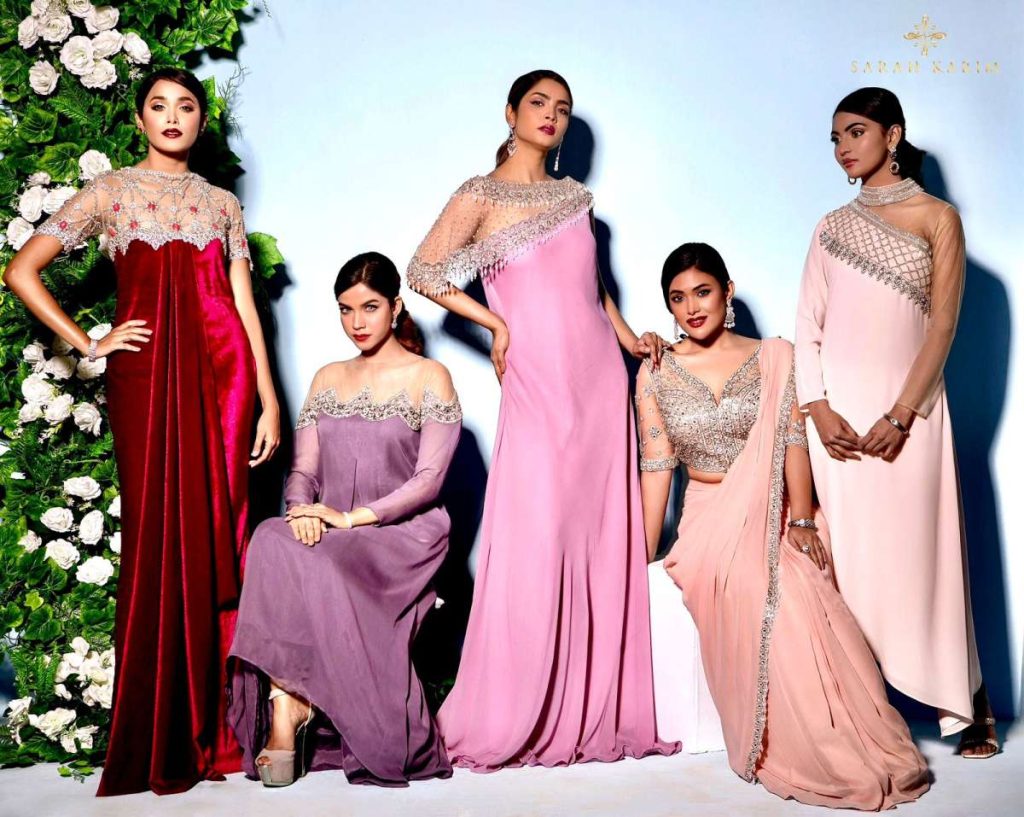
RG – What are the key embroidery techniques your brand uses and their applications?
SK-As mentioned before, our artisans are highly skilled in traditional embroidery techniques like zardozi, aari work, gotapatti etc. These techniques are handed down from generations and our karigars are all specialists in their respective fields. Hence the quality of our hand embroidery/zardozi, everyone agrees, is unmatched in Bangladesh. I’m a perfectionist too when it comes to my work and so make sure that our workmanship is flawless!
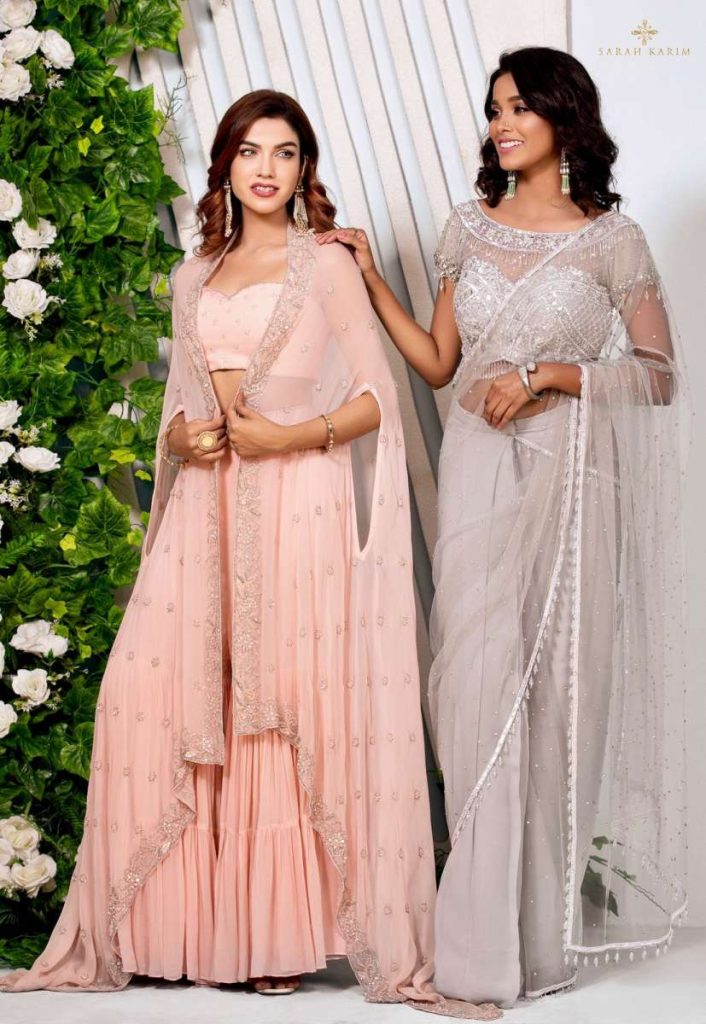
RG- How do you manage your seasonal stock?
SK- Our year is not so much season based as in the West but rather depends on festivals & weddings. So we have the two Eids for which we do special lines. First being the Eid ul fitr being much more elaborate than the second Eid which follows in 2 months. The period between July to September and then again between December to February is always hectic as it’s the main wedding season. This is when we introduce our bridal collection with all its finery photo shoots, promotions etc. We also do at least two fashion shows every year one of which is the much anticipated Bangladesh Wedding Couture Week. Our party wear and casual lines are refreshed almost every fortnight as and when ensembles are finished and put on display.
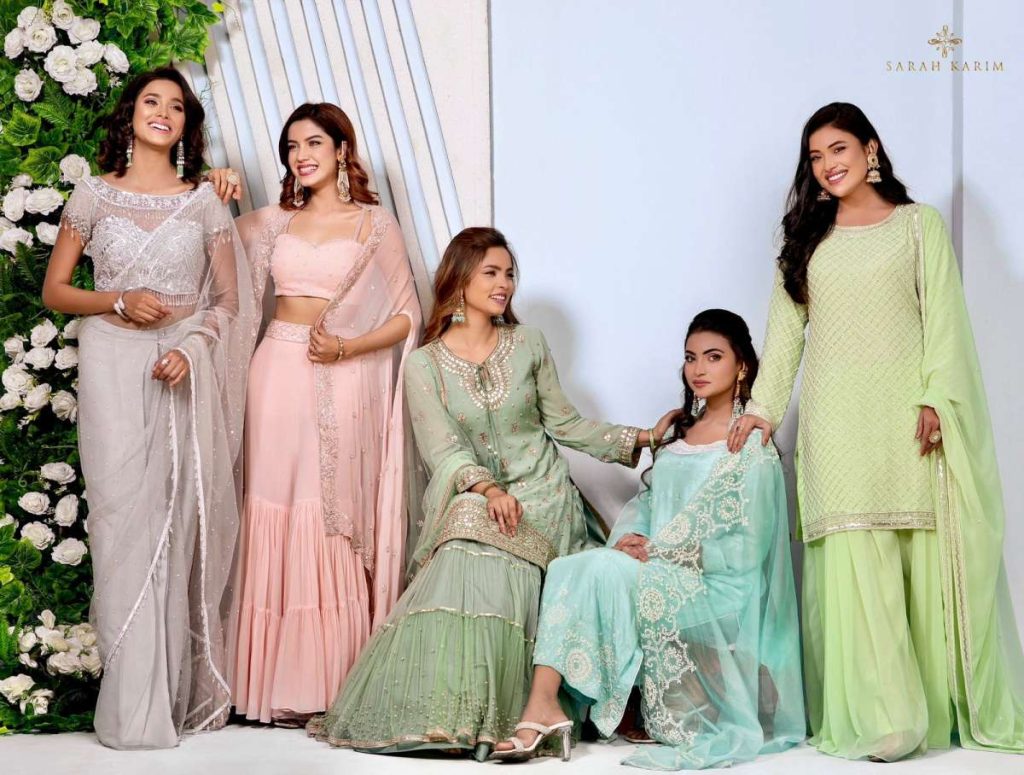
RG- What is the USP of the label ?
SK-I think our greatest strength is the ability to blend antique designs with modern cuts & styles. Also the artisans working for the brand have decades of experience and specialize in embroidery techniques that date back to the Mughal Era of Bengal. Such timeless artistry juxtaposed with fusion cuts and designs is the hallmark of a signature sarah karim ensemble!

RG- What is your future vision for your brand?
SK- It has been a good run I think. Down the years we’ve done many fashion shows, both at home and abroad with some of the most famous showstoppers. Our clothes have been worn by well known personalities even in countries like India which have so many celebrity designers. I’ve had the opportunity to speak at some very prestigious platforms with regards to the revival of antique handicrafts, self reliance of artisans and issues of women empowerment. I am also on the board of an NGO called Thrive which provides free meals to more than 3000 underprivileged school kids everyday. My work and story has been published in many magazines, on covers and centre spreads. We’ve had some very concrete offers to open stores in Dubai and London and we already retail in Australia. We also ship internationally to more than 25 countries around the globe!
So it’s been a happy journey so far, but as they say “..miles to go before I sleep… “

Sarah Karim’s journey stands as a testament to the transformative power of innovation and tradition in the world of fashion. Sarah’s pioneering spirit, rooted in a desire to empower artisans and preserve heritage craftsmanship, has reshaped the landscape of bridal ensembles and haute couture in Bangladesh. By reviving classic designs with modern cuts and drapes, Sarah has captivated audiences both locally and internationally.
Karim’s commitment to in-house production not only ensures the integrity of her creations but also serves as a platform for sustainable employment and the preservation of unique designs. As she looks towards the future, Sarah envisions a continued expansion of her brand’s presence globally, driven by a dedication to excellence and a passion for celebrating timeless artistry. With accolades, prestigious collaborations, and a burgeoning international clientele, Sarah Karim’s journey is far from over—it’s a testament to her enduring legacy in the world of fashion.
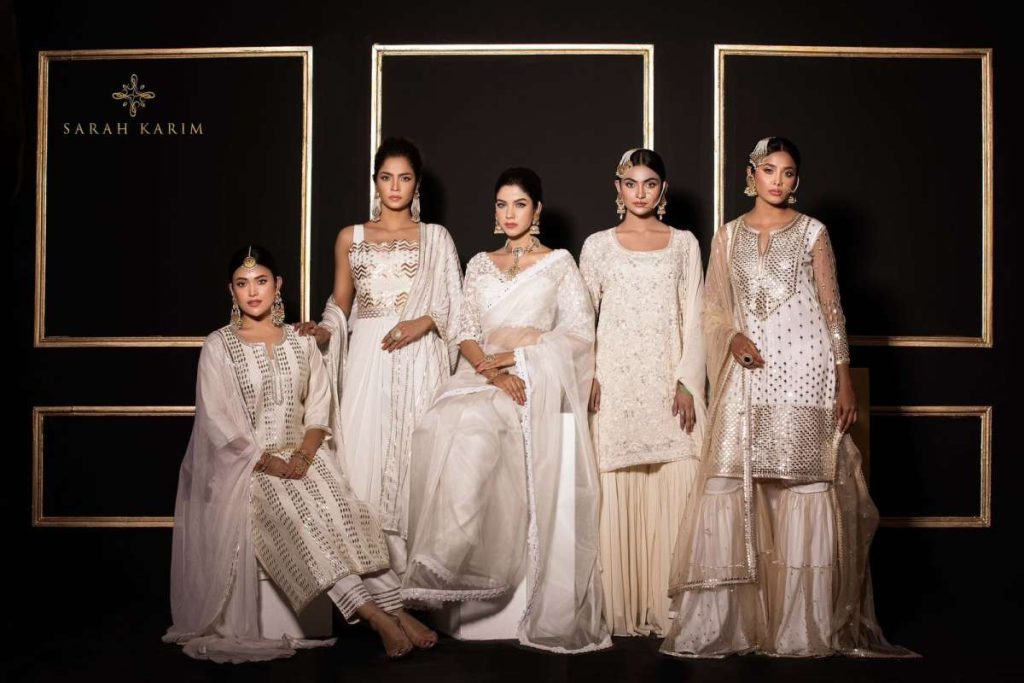

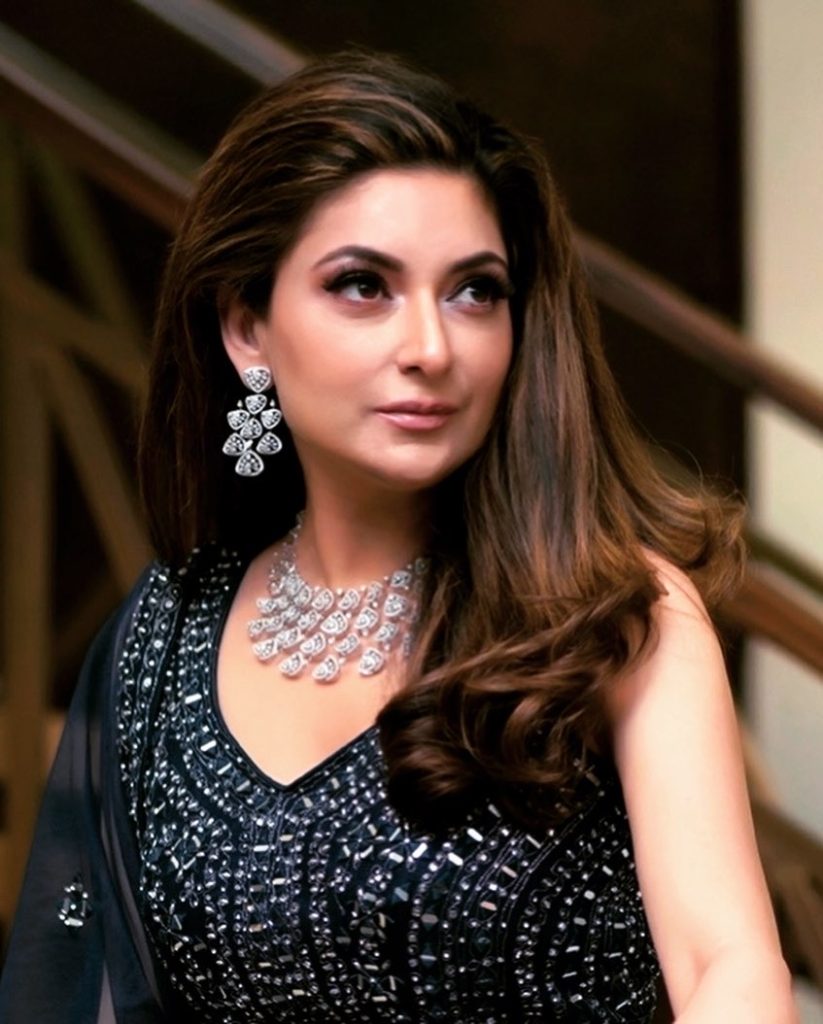
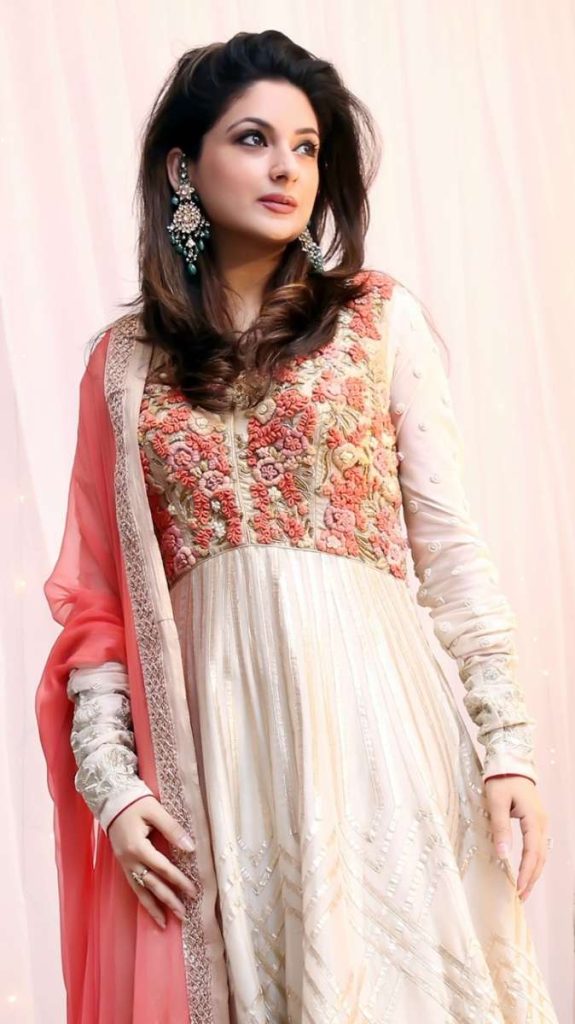

ALSO READ: ‘Fashion Helped Me Discover My Confidence’

